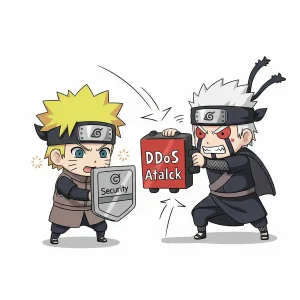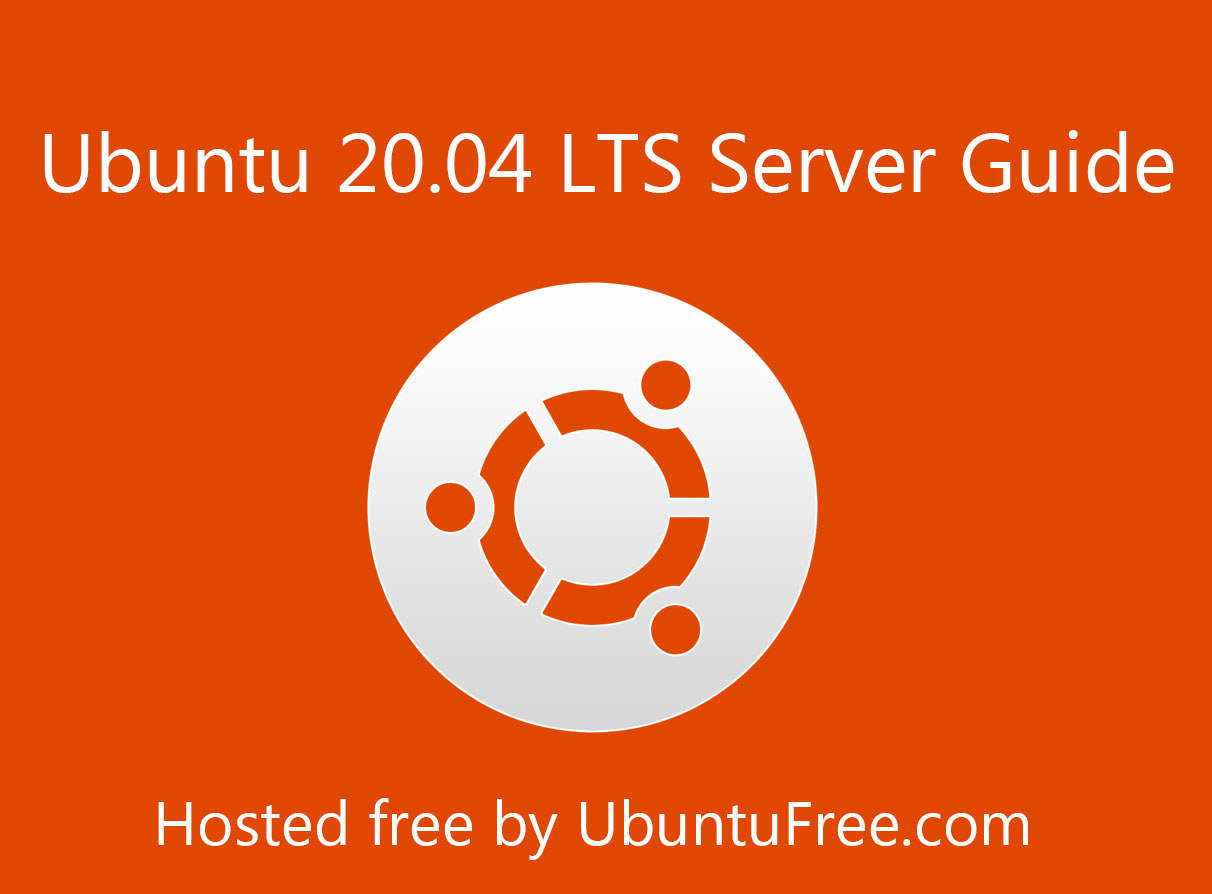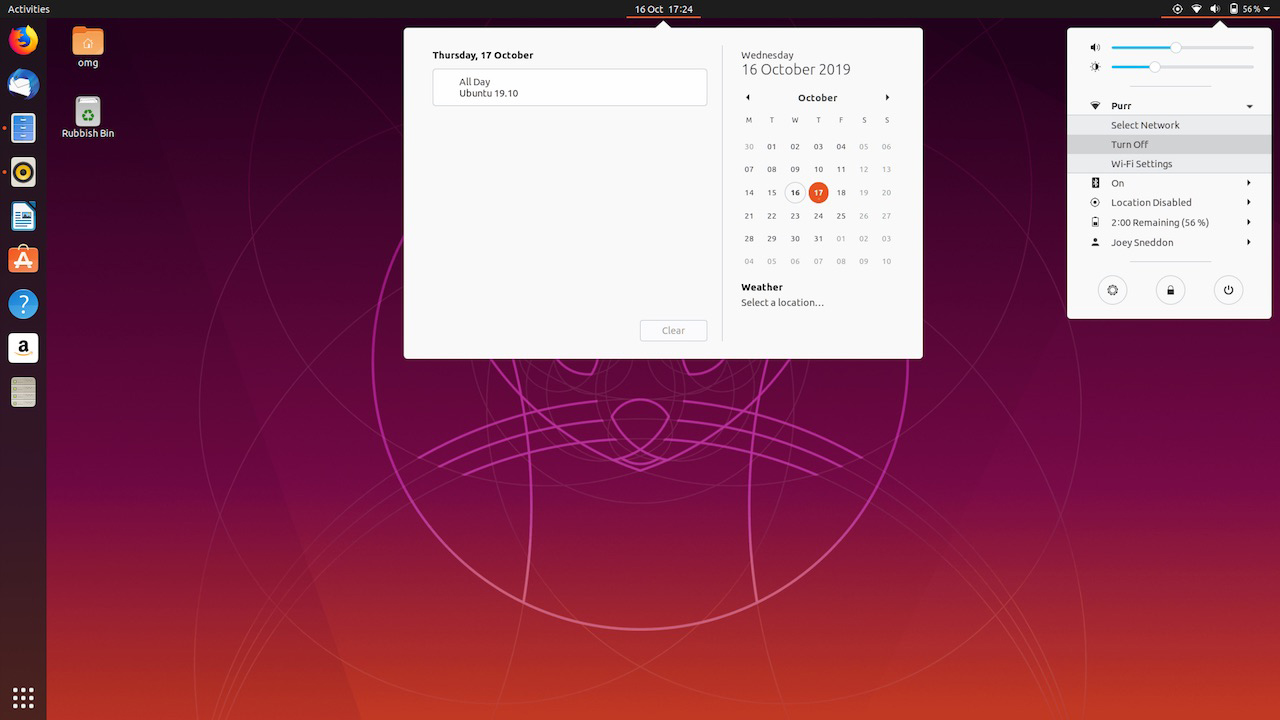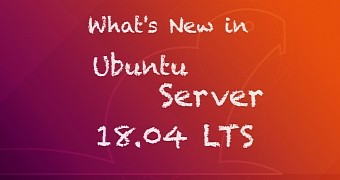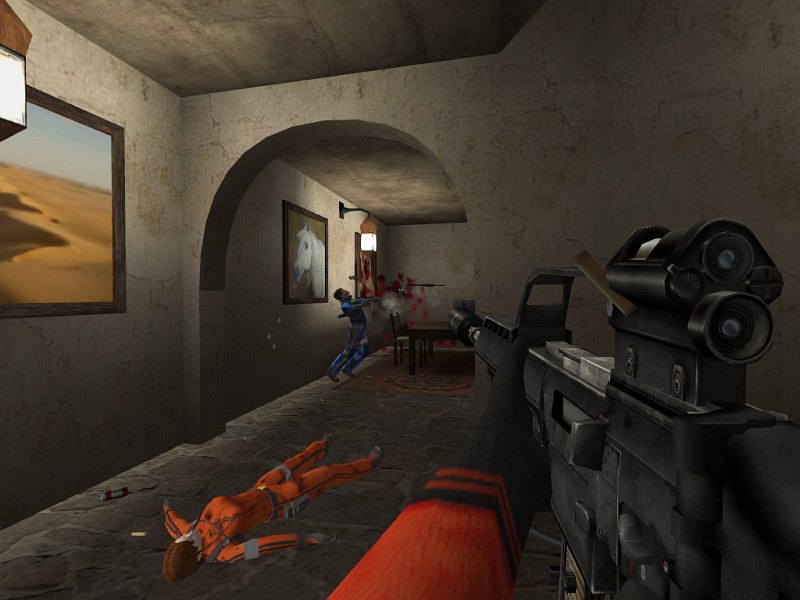Hey fellow Ubuntu and Linux fans, let’s face it, running a server is awesome. You’ve got your applications humming, your website serving content, and everything feels right in the digital world.
But lurking in the shadows is a threat that can bring even the most robust server to its knees: the Distributed Denial of Service (DDoS) attack.
If you’ve been around the block a bit, you might remember our older post on this topic. Well, the digital landscape moves at lightning speed, and what was cutting-edge then is practically ancient history now. DDoS attacks have evolved, becoming more sophisticated and harder to detect.
That’s why we’re bringing you a completely updated guide to help you fortify your Ubuntu server against these modern-day digital sieges.
Defending Your Ubuntu Server: A Modern Guide to Preventing DDoS Attacks
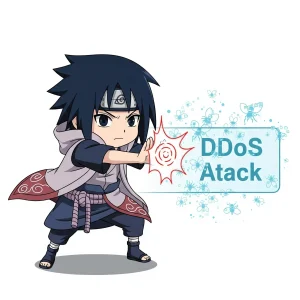
What’s New in the World of DDoS?
The game has changed significantly in recent years. Here are some key trends to be aware of:
- Larger and More Complex Attacks: Attackers are leveraging massive botnets, sometimes even compromised IoT devices, to launch attacks with unprecedented bandwidth. Multi-vector attacks, which target different layers of your infrastructure simultaneously (network, application), are also on the rise.
- The Rise of AI in Attacks: Yes, you read that right. Attackers are starting to use Artificial Intelligence to make their attacks more adaptive, evasive, and targeted. AI can help them identify vulnerabilities faster and optimize attack strategies in real-time.
- The “Democratization” of DDoS: DDoS-for-hire services are becoming increasingly accessible and affordable, making it easier for malicious actors with even limited technical skills to launch attacks.
| Characteristic | Past DDoS Attacks | Modern DDoS Attacks |
|---|---|---|
| Attack Volume | Gigabits per second (Gbps) | Terabits per second (Tbps) |
| Complexity | Single-vector (e.g., volumetric) | Multi-vector (volumetric + application) |
| Motivation | Vandals or hacktivism | Financial extortion, competitive sabotage |
| Tools | Manual scripts, simple botnets | AI-driven bots, sophisticated platforms |
The First Line of Defense: Choosing the Right Hosting
Where you host your server plays a crucial role in your ability to withstand DDoS attacks. A provider with robust infrastructure and built-in DDoS mitigation can make a world of difference. Speaking of which, if you’re looking for a reliable and budget-friendly place to host your Linux server, be sure to check out our guide to the cheapest Linux VPS providers. Choosing a provider with a strong network backbone and security measures is your first step in building a resilient defense.
Essential Steps to Protect Your Ubuntu Server
Now, let’s dive into the actionable steps you can take to protect your Ubuntu server.
- Keep Your System and Software Updated: This might sound basic, but it’s crucial. Regularly patching your Ubuntu system and all installed software (web server, databases, etc.) closes known security vulnerabilities that attackers could exploit.
- Configure Your Firewall (UFW): Ubuntu’s built-in firewall, UFW (Uncomplicated Firewall), is a powerful tool. Make sure it’s enabled and configured to only allow necessary incoming and outgoing traffic.
- Implement Rate Limiting: Tools like
fail2bancan help you automatically block IP addresses that show suspicious activity, such as repeated failed login attempts or excessive requests within a short period. - Use a Web Application Firewall (WAF): If you’re running a web server (like Apache or Nginx), a WAF can provide an additional layer of protection against application-layer DDoS attacks, as well as other web vulnerabilities. Cloudflare is a popular choice that offers a free tier with basic DDoS protection and a WAF. For more information on application-layer attacks and WAFs, you can read more on the Cloudflare Blog.
- Leverage Cloud-Based DDoS Mitigation Services: For more robust protection against large-scale attacks, consider using dedicated DDoS mitigation services offered by providers like Cloudflare, Akamai, and others. These services typically sit in front of your server and absorb malicious traffic before it even reaches your infrastructure.
- Content Delivery Network (CDN): Using a CDN not only improves your website’s performance by caching content closer to users but also helps mitigate DDoS attacks by distributing traffic across multiple servers and absorbing some of the attack volume. Cloudflare and Akamai also offer CDN services.

The Role of AI in Defense (and Offense)
As mentioned earlier, AI is a double-edged sword. On the defensive side, AI-powered security solutions are becoming increasingly sophisticated at detecting and mitigating DDoS attacks. These systems can analyze traffic patterns in real-time, identify anomalies that indicate an attack, and automatically implement countermeasures.
However, it’s crucial to be aware that attackers are also leveraging AI to create more intelligent and evasive attacks. This means that our defense strategies need to evolve continuously.
Beyond the Server: Protecting Your Endpoints
While we’re focused on server protection, it’s important to remember that compromised endpoints (user devices) can be part of a botnet used in DDoS attacks. Encouraging users to practice good security hygiene, such as using strong passwords and keeping their devices updated, indirectly contributes to a stronger overall security posture.
Speaking of protecting your devices, if you’re looking for a comprehensive antivirus solution for your Linux systems, you might want to explore Avast Business Antivirus for Linux. While it won’t directly prevent DDoS attacks on your server, securing your other Linux machines is a vital part of a holistic security strategy.
Staying Vigilant and Prepared
Preventing DDoS attacks is an ongoing process. Here are some final tips:
- Monitor Your Traffic: Regularly monitor your server’s traffic for any unusual spikes or patterns.
- Have a DDoS Response Plan: Know what steps you will take if your server comes under attack. This includes having contact information for your hosting provider and knowing how to engage your mitigation services.
- Stay Informed: Keep up-to-date with the latest DDoS trends and mitigation techniques by following security blogs and news.
